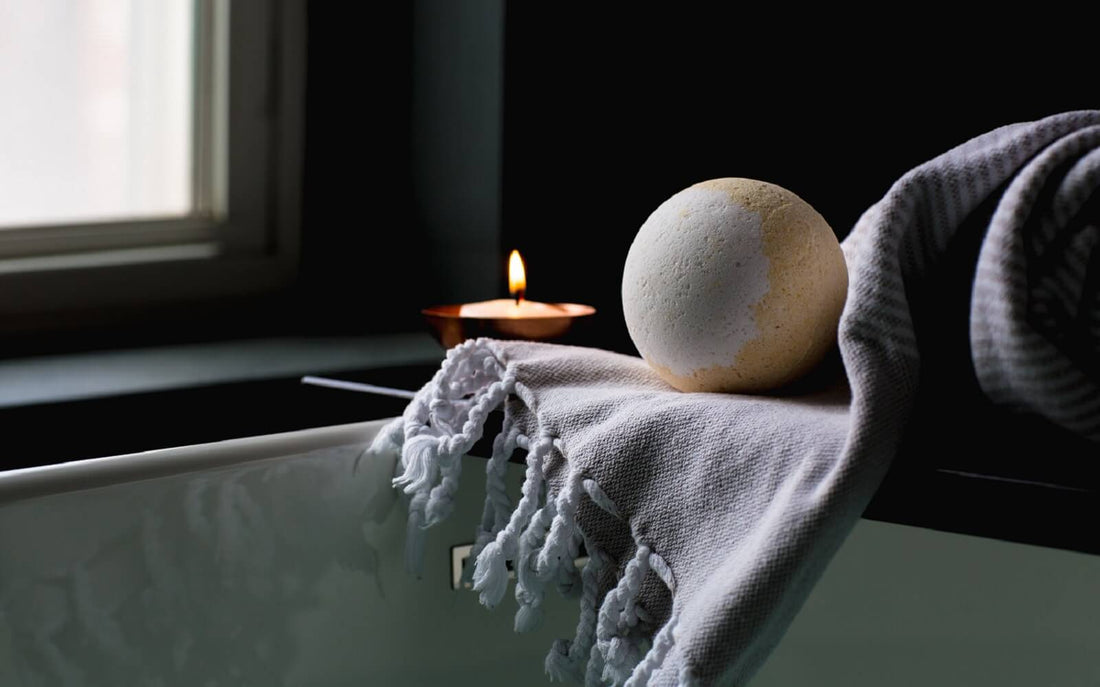
USING INCENSE FOR MEDITATION
Share
Vancouver, B.C., August 3, 2017
“Life is a mystery – mystery of beauty, bliss and divinity. Meditation is the art of unfolding that mystery.” – Amit Ray
Meditation unfolds and focuses the mind and achieves a clarified view on things that cross our paths in life. It can be practiced in multiple ways - including exercises and special breathing techniques - and can aid concentration. Practicing meditation often includes the burning of incense - it is common practice to burn incense for ceremonies, rituals, and meditation. It is recommended to burn the incense beforehand in order to prepare the room rather than during meditation, as it can interfere with the breathing and be distracting.
If you do use incense make sure the room is well-ventilated or that the smoke isn’t drifting directly into your face.
Ancient incense
Whether in sticks or cones, incense has an aromatic legacy of more than 2000 years. Its roots lie in many different cultures. In Chinese and Tibetan medicine, Sandalwood and Frankincense are used to lower states of depression, stress and anxiety, and also to activate the third eye chakra. They have both been used for over a thousand years. Sandalwood, especially, is used by most Buddhists. They burn it in monasteries and temples. The woody scent of rare and precious sandalwood has calming effects on the mind and promotes relaxation - perfect for meditation.
Frankincense has a calming effect on the nervous system as it contains certain phytochemicals affecting the cerebral cortex and limbic systems which are responsible for our emotions. It is a classic incense that has been around for thousands of years and is considered a rare wood.
Incense in Japan, known as kōdō (the way of incense), is burned for religious and aesthetic purposes. It is more an art and is a “way of incense” that is seen as one of Japan’s "high arts" along with Sado (tea ceremony) and Ikebana (flower arranging).Japanese incense is made from a wide variety of woods (e.g. Sandalwood and Camphor), which plays an important role in Japanese Buddhism as an offering to the departed. It is thought that the incense smoke will drift into the afterlife and is offered to departed relatives at cemeteries and at small home shrines (butsudan, 佛壇) or to facilitate meditation.
Indian incense sticks known as agarbathi are lit in most Hindu rituals and it is used to clear the mind for meditation, to call people to prayer or even to heal, forming the basis of Indian Ayurvedic medicine. India is also where meditation has its roots. The purpose of meditation is very much spiritual.
Meditate the stress away
In our modern world of stress and hectic lives, a variety of meditation types have been established, mostly accompanied with the burning of incense. As described, the inhaling of its fumes can induce a calming state of mind, sought by more than just mystics and monks. Today more than ever, stress relief can be found through meditation. Whether your rituals are long and complex or very simple, light some incense and let it gently wave in the air as you meditate.
The most important thing to be aware of while meditating with incense is that you consume natural and non-artificial cones and sticks. If you cannot identify its ingredients, then don’t buy it. Also, if the smoke of your incense is black rather than greyish, be aware! Having said this, don’t despair - you can find good quality incense in our online shop. The choice of incense is important, as you want to have a calming and positive association with the incense that accompanies your rituals.
Find your mind-quieting incense today and choose from scents like frankincense, lavender or sandalwood.
Take your time and meditate!
www.hussincense.com
